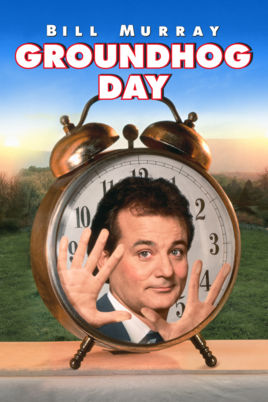Happy death day was only released in 2017, a modern take on the slasher genre, which (like Alien) subverts the concept of genres by utilizing most of the major elements from several genres itself of sticking with the conforms of the a slasher. Released at a time where strong female protagonists are the norm, this is one of the most strongest example of a contemporary ‘final girl’. However, script writer Lobdell plays around with the ‘final girl’ trope, creating a refreshing new twist since our protagonist ‘Tree’ is essentially a mean girl who we only begin to understand and invest in as the film progresses. As the concept of a ‘final girl’ has evolved over time, the expectations and traits of these females have developed too, for example the ‘final girl’ Erin from the 2011 horror hit ‘You’re Next’ (directed by Adam Wingard) is another example of a strong and powerful ‘final girl’ who is ruthless when opposing the killers.

The time-loop concept of the film was based around the infamous ‘Groundhog Day’ (by Harold Ramis, 1993) and the film even gets a reference towards the end, with the characters acknowledging that the situation ‘was like the movie groundhog day’. Also, the character development and growth throughout the film is another significant element director Landon took inspiration from. This juxtaposes nicely against the ‘final girl’ trope, because we end up rooting for ‘Tree’ and investing in her because we can appreciate and understand her character growth throughout the film.

Although there is some confusion over the genre, the film is widely and generally classed as a ‘slasher-horror’, which is simply from the concept of Tree getting repeatedly killed and having to work out who is killing her and why, as well as obliviously stopping them from doing so. Director Landon cites ‘Scream’ (by Wes Craven, 1996) as one of the main influences because it combines comedy and horror extremely well, with similar techniques being employed in HDD. The mask itself is also by Scream, with it being created by Tony Gardner who had also created the ‘Ghostface’ mask



